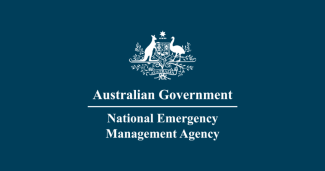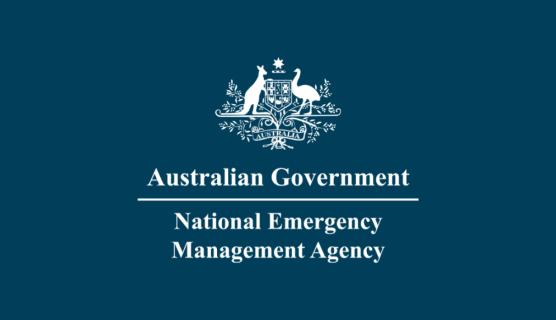The Australian Disaster Resilience Index (ADRI), a groundbreaking tool developed in partnership between Natural Hazards Research Australia, the University of New England and the National Emergency Management Agency (NEMA), unveiled its first major update at the Natural Hazards Research Forum 2025 in Adelaide this week.
The refreshed Index, known as ADRI-2, provides organisations with current, evidence-based insights into how communities across Australia can prepare for, respond to and recover from disasters.
Natural Hazards Research Australia’s CEO, Andrew Gissing believes the refreshed ADRI 2 provides communities, agencies and governments with the evidence needed to understand their communities’ particular strengths and challenges.
“ADRI-2 shows that more than half of Australia's population – approximately 13.5 million people – live in areas with moderate to high disaster resilience capacity,” Andrew said. “This includes 13.5 million people in areas with moderate capacity and 6.5 million in high-capacity areas, demonstrating significant resilience strengths across the nation.”
“The index also reveals where targeted investment can further strengthen community disaster preparedness, particularly in supporting the 5.9 million Australians in areas identified for resilience enhancement.”
NEMA’s Assistant Coordinator-General for Data and Analytics Paul Gloyne said the updated Index represents a significant step forward in how Australia understands and plans for disaster resilience at a national scale.
“This is an important development in our ongoing work to strengthen the resilience of communities by providing better data to inform decisions at all levels of government,” Mr Gloyne said.
“Used in parallel with natural disaster hazard risk, ADRI-2 supports a more targeted and coordinated approach to disaster risk reduction by highlighting the unique capacities and challenges faced by different communities. Its strength lies in transforming complex resilience data into accessible, evidence-based insights that can directly support policy development, funding, decisions, and on the ground planning.”
First released in 2020, ADRI has become an essential resource for emergency services, government agencies, community organisations and businesses working to build disaster resilience. The Index is not about individual resilience, but assesses disaster resilience as a system of social, economic and institutional factors.
"ADRI-2 represents an important piece of data contributing to the policy and management of disaster planning and mitigation in Australia," said Associate Professor Melissa Parsons, lead researcher from the University of New England. "By providing this updated snapshot of a community’s capacity for disaster resilience across the country, we're equipping decision-makers with the information they need to develop targeted strategies that reflect place-based conditions."
The updated Index maintains the same robust methodology as the original, ensuring consistency while incorporating the most current datasets. It assesses 2,330 Statistical Areas (SA2s) across Australia, measuring overall disaster resilience, coping capacity, adaptive capacity, and eight thematic dimensions.
The interactive dashboard, developed by Johan Boshoff and the team at UNE CASI (Computation Analytics Software Informatics), offers users the ability to explore disaster resilience around Australia, allowing organisations to develop tailored approaches rather than one-size-fits-all solutions.
Since its initial release, ADRI has become an important dataset for National, State and Local Governments, NGOs industry groups and researchers. Currently, approximately 320 organisations with around 650 registered users actively engage with the dashboard, with over 65 thousand unique views since the launch of ADRI in 2021.
Monthly usage data shows the platform consistently attracts between 500 and 1,800 unique visitors each month, with usage expected to increase following the ADRI-2 release.
More information is available on the Natural Hazards website.


